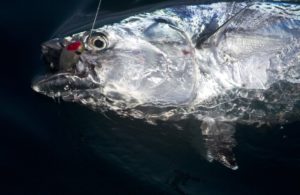OPINION
Atlantic marlin and bluefin tuna remain seriously overfished from longline fishing. So why are federal fishery managers proposing to increase longline fishing?
Atlantic bluefin tuna and both white and blue marlin remain seriously overfished after decades of inadequate longline gear restraints, the gear responsible for much of the overfishing. Not all overfishing came from U.S. longline vessels, but the National Marine Fisheries Service (NMFS), the nation’s regulatory agency for marine fish can only regulate those vessels. Internationally, the U.S. recommends and negotiates with 48 other nations for Atlantic bluefin tuna and billfish management options, but securing agreement for longline restraints is quite challenging.
In 1999 the NMFS implemented a longline closure off New Jersey to reduce bluefin tuna bycatch (Northeastern Pelagic Longline Closed Area, closed 1 month a year, in place 19 years.) One year later, three additional longline gear restricted areas were established, one off North Carolina (Cape Hatteras Gear Restricted Area, in place 18 years), and two in the Gulf of Mexico to protect spawning bluefin (Gear Restricted Areas, closed 2 months a year, in place 18 years). The restraints in the three areas has reduced some longline bycatch mortality, but not nearly enough.
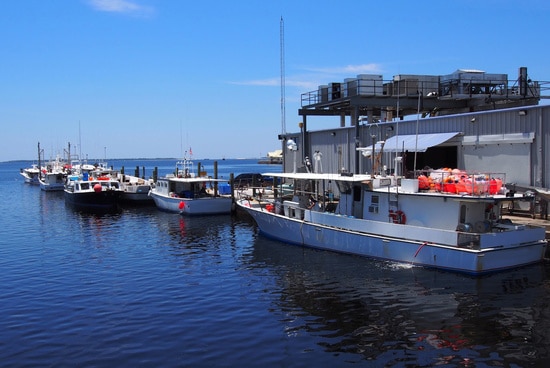
So what should be done next to further reduce longline bycatch mortality and help recover Atlantic bluefin tuna and marlin? TBF supports enlarging all four of the areas and increasing the months of restraints. For the Gulf of Mexico, a better option would be a buyout of longline vessels and permits, followed by a transition to green stick and/or buoy gear. This might be achieved with BP Gulf Restoration Funds (Restoration Funds); some of those funds currently pay the Gulf longline vessels, which volunteer, not to fish for one additional month a year, expanding the closure to 3 months. In addition, Florida’s Okaloosa County government currently seeks Restoration Funds ($1,000,000) to construct a buoy FAD (fish aggregating device) system in the Gulf for recreational fishing, primarily for charter boats to target billfish and tuna and reduce fishing pressure on red snapper. Buying out longline vessels and permits would significantly reduce pressure on seriously overfished spawning bluefin and marlin. Buoy and green stick gears are compatible with conservation.
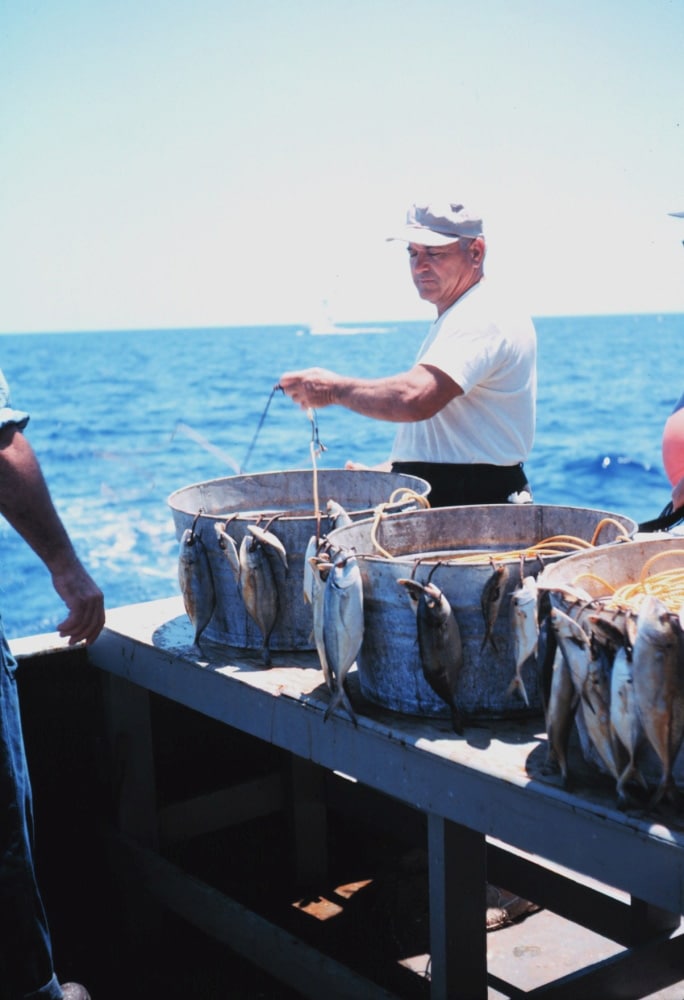
Instead of proposing stronger conservation measures, the NMFS issued a plan (Scoping Document, March 2018), to reinvigorate the longline fishery! If approved, the seriously overfished Atlantic bluefin tuna and marlin will continue to decline. The plan proposes options to: (1) take no action, letting current longline measures remain in place; (2) abolish areas, leaving no longline restraints in place; (3) modify the size and number of months for each area – enlarge or reduce; (4) establish bycatch triggers (threshold levels), which if met require longline vessels to stop longlining, but allows the vessels to fish with other gear (buoy or green stick); and (5) only for the Gulf of Mexico areas, allow longline vessels to fish inside the zones if their reported bluefin bycatch numbers are low, and if the vessels complied with logbook and observer requirements. These options do not reflect a serious commitment by the NMFS to improve the status of Atlantic marlin or bluefin tuna.
Read Next: Clear and Present Danger Off Florida’s East Coast
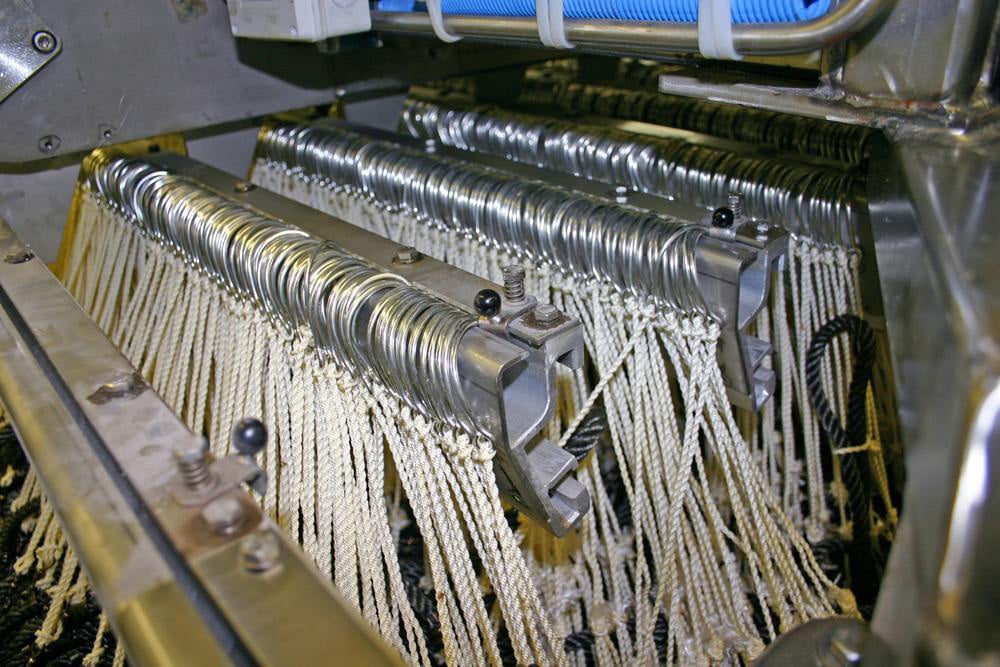
TBF’s position is to tighten longline restraints in all of the areas by increasing the area’s size and extending the number of months with restraints, not lessening them. In the Gulf of Mexico, TBF supports a buyout of longline permits and vessels, which would achieve the greatest conservation benefits. Please submit your comments to the NMFS by May 1, 2018, expressing support for the following.
(1) Enlarging the size of the designated areas and extending the number of months for longline restraints.
(2) In the Gulf of Mexico, facilitate a buyout of longline permits and vessels with those willing to sell. For those not desiring to sell their vessel, transition them to buoy or green stick gear.
(3) At a minimum, the take “no action” option at least leaves the current restraints in place.
Please stress that reinvigorating the U.S. pelagic longline fishery is not compatible with conservation of Atlantic bluefin tuna or marlin. You may wish to view a TBF sample letter and use the link at www.billfish.org, for submitting your comments, see Take Action.
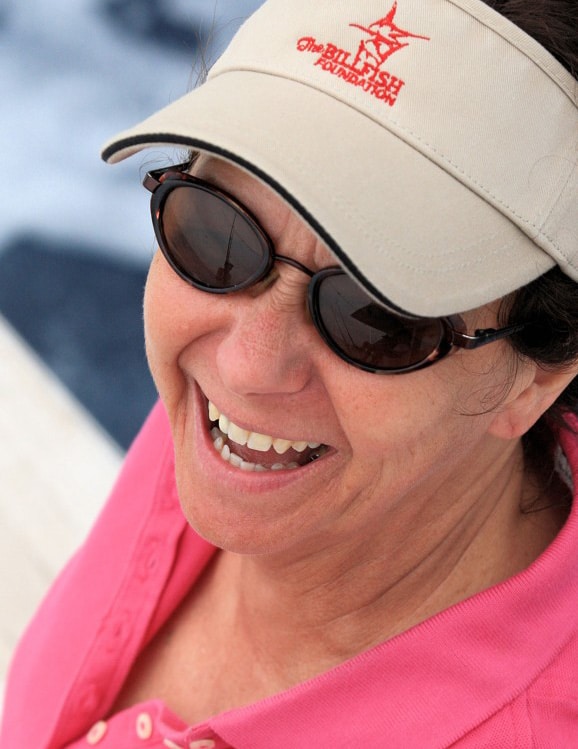
About the Author:
Ellen M. Peel, President of the Billfish Foundation (TBF), a non-profit sportfishing conservation organization headquartered in Ft. Lauderdale, Florida, strives to keep TBF’s mission highly focused and energized. Peel believes that in addition to the importance of traditional fish science, economics should be given greater consideration than it is currently.
Sport Fishing welcomes opportunities to share a variety of perspectives from prominent or influential participants in issues related to recreational fishing and fisheries.

